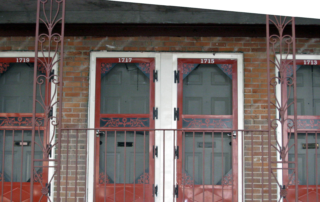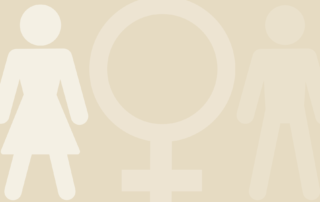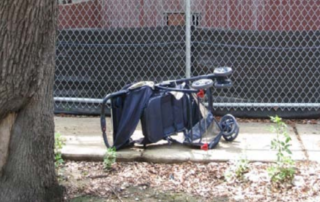Girls and Young Women of Color: Where They Are in the United States
Of the 14.1 million girls and young women of color, age 10–24, in the United States, 40.7 percent (5,748,760) live in the South, 23.2 percent in the Pacific West, 14.9 percent in the Northeast, 10.4 percent in East North Central, 7.3 percent in the Mountain West, and 3.5 percent in West North Central, as shown in Map 1.







